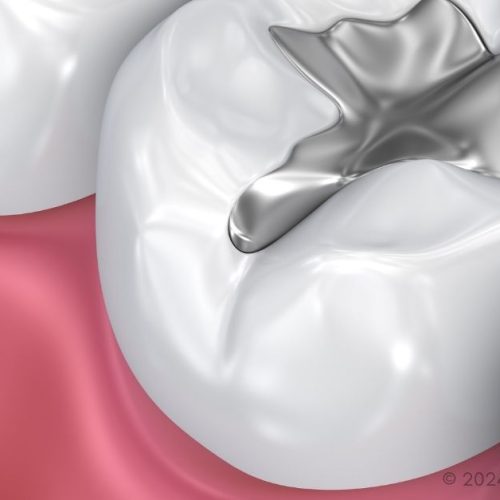Pelvic pain is a problem with your lower abdomen’s muscles, bones, or nerves. It may be due to a variety of causes, including endometriosis, chronic pelvic inflammatory disease, and pelvic adhesions.
Your doctor may recommend several tests. These include ultrasound and other imaging tests that show your internal structures. They could also suggest a laparoscopy, a surgical treatment.
Biofeedback
You actively control those muscles when you use the Stairmaster or lift your hand to say hello. But your neurological system involuntarily controls most bodily activities, such as blood pressure, skin temperature, and heart rate. The Cleveland Clinic and Mayo Clinic state that a therapy known as biofeedback can teach you how to manage these processes more.
In a typical session, sensors are attached to your body and convert physiological signals into audio and visual feedback on a screen. A trained practitioner serves as a guide, helping you learn to control what were once considered involuntary bodily processes voluntarily.
For pelvic pain, electrodes target the abdominal muscles to strengthen weak ones (up training) and train tight, shortened, overactive muscles to relax (down training). Women with urinary incontinence are often able to reduce the urgency of needing to urinate and the frequency of accidents after several sessions.
Physical Therapy
Pelvic physical therapy, like the ones offered at Sage Physical Therapy is a specialized treatment that strengthens the pelvic region’s muscles, ligaments, and tendons. These muscles become tight or weak for a variety of reasons, which can lead to chronic pelvic pain and other debilitating conditions.
A qualified physical therapist can perform a musculoskeletal exam to determine the best treatment course for your condition. They can also help you develop a long-term management plan for your pain so that it doesn’t return.
A physical therapist can teach you exercises and methods to help you manage your symptoms at home in addition to manual therapy. They could advise you to use a vaginal dilator, which is a medical instrument that resembles a tube and is used to stretch the tissues inside the vagina.
Chiropractic Care
Numerous disorders can present with pelvic discomfort. It may result from a pelvic inflammatory disease (PID), an STD, or a urinary tract infection. It may also result from fibroids, post-hysterectomy syndrome, or endometriosis.
Treatment can involve medications that are swallowed or injected, such as antidepressants or birth control pills. Hormone therapy is also a possibility. This can include hormones that are taken by mouth, injected, or implanted into the uterus, such as progestin-releasing intrauterine devices or gonadotropin-releasing hormone injections.
The underlying condition that causes pelvic pain is typically diagnosed with a physical examination and a review of systems. The examination should emphasize symptoms of urogynecologic diseases and those related to the gastrointestinal, musculoskeletal, and psychoneurologic systems.
Massage
Massage is a great way to soothe sore muscles, whether your pain emerges from sitting all day or an underlying medical condition, such as a hernia, pelvic organ prolapse, or fibromyalgia. The treatment can also promote relaxation and lower stress levels that can negatively impact your pelvic region.
Our experts recommend starting with external pelvic massage and progressing to internal for women (vaginally) or men (rectally). It’s important to get the area used to touch, and a goal should be to become comfortable touching your genitals without feeling pain. This will enhance your self-care and help you learn how to self-massage. This can be done by yourself or with the help of a trained professional. The process is gentle and non-invasive.
Hypnotherapy
Hypnotherapy is an alternative treatment that involves relaxing the mind and putting it into a trance-like state. Research shows that hypnosis can decrease pain, relieve anxiety, and promote healing, especially among burn patients.
Infections, growths, or cysts cause some pelvic pain in the uterus and vagina. A physical exam might show the cause, or a pelvic ultrasound or CT scan may be needed to discover more about the problem.
Pain medicines, such as ibuprofen or acetaminophen, may help. Some women might need hormone therapy, such as depot medroxyprogesterone and estrogen gels. For some chronic pelvic pain conditions, such as endometriosis and interstitial cystitis/painful bladder syndrome, a procedure called laparoscopy can treat the disease by inserting a slender viewing tool into the abdomen through a small cut. In rare cases, hysterectomy might be recommended.







